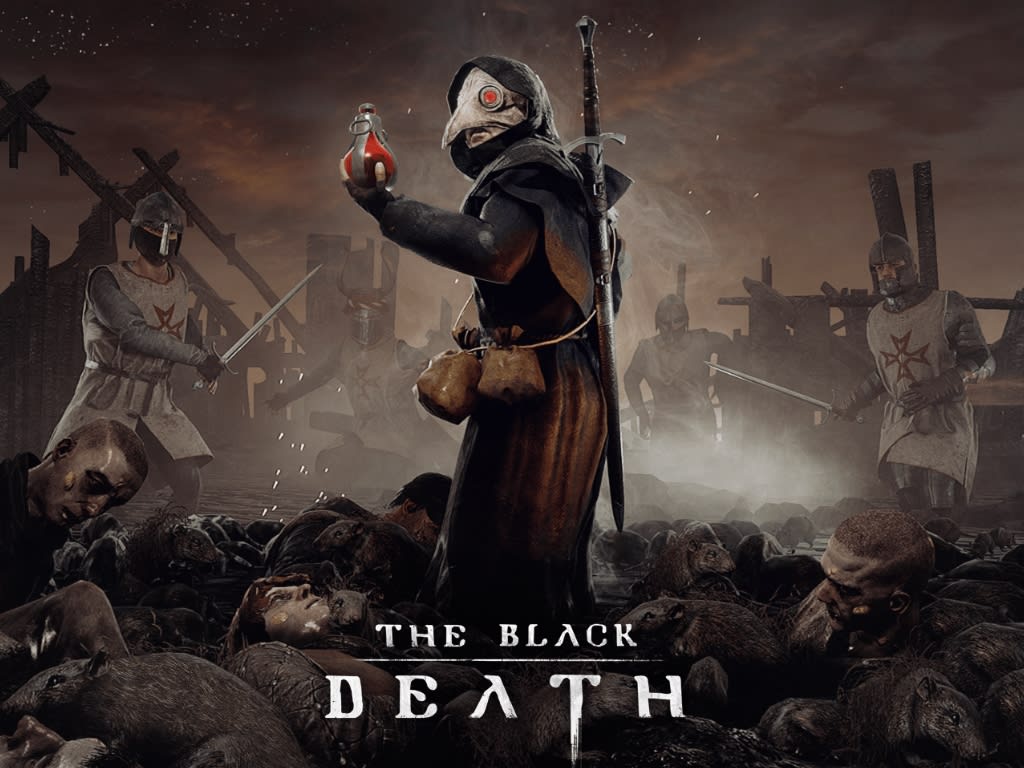
Imagine living in medieval Europe, a time of knights in shining armor and damsels in distress. Suddenly, you start feeling weak and fatigued, your body is wracked with pain, and black boils appear on your skin. You've just caught the Black Death, a deadly disease that spread faster than the latest medieval gossip. People dropped like flies, and the streets were littered with bodies. The stench of death was so overpowering that it was said you could smell it before you could see it. But fear not, for there were plenty of "miracle cures" to choose from, such as drinking vinegar or being bled by leeches. Yes, leeches, those creepy crawlies that have been making people squeamish for centuries. So, you see, the Black Death was not only a pandemic, but also a historical reminder that we have come a long way in the field of medicine.
The spread of the Black Death
The spread of the Black Death was as swift as it was deadly. It's believed to have originated in the Mongol Empire and was brought to Europe by the infamous Mongol army that attacked the Crimea in 1343. The disease was also spread by fleas that infested rats, which were common on merchant ships that carried goods across the Mediterranean. So, in a sense, you could say that the Black Death was an early form of globalization, spreading from Asia to Europe and beyond.
As the disease spread, it left a trail of death and destruction in its wake. It was estimated that in some cities, up to 60% of the population was wiped out in just a matter of months. People were so afraid of getting infected that they would often abandon their homes and leave their loved ones behind. Some cities even put up walls and blocked off their roads to keep the infected out. But as we all know, walls can only do so much, and the Black Death eventually found its way in.
In the countryside, the situation was just as dire. Peasants, who made up the majority of the population, were hit the hardest. With so many of them dying, the remaining workers were able to demand higher wages, leading to a rise in the standard of living for the working class. But, of course, the rich landowners were not happy about this, and the resulting social and economic tensions would lead to the Peasant's Revolt just a few decades later.
Black Death's symptoms and it's treatment
The symptoms of the Black Death were as frightening as they were painful. They included fever, chills, fatigue, and muscle aches, but the hallmark symptom was the appearance of large, black boils on the skin. These boils, known as buboes, were filled with pus and blood, and their appearance marked the final stage of the disease, which was almost always fatal.
As for treatment, well, let's just say that the medieval doctors were not exactly at the forefront of medical science. They believed that the disease was caused by an imbalance of the four humors (blood, phlegm, yellow bile, and black bile), so their treatments often involved trying to restore balance through bleeding and purging. They also believed that the disease was spread by bad air, so they recommended carrying a bouquet of sweet-smelling herbs or wearing masks filled with aromatic substances.
But, as desperate times call for desperate measures, some people turned to quack remedies and miracle cures. These included drinking vinegar, being bled by leeches, and wearing a beaver hat (yes, you read that right, a beaver hat). But, as we all know, the only thing these remedies cured was the patient's wallet, as they were often charged exorbitant prices for these useless treatments.
Black Death Impact on Society
The impact of the Black Death on society was far-reaching and long-lasting. It's estimated that between 75 million and 200 million people, or roughly 30-60% of the European population, were killed by the disease. This massive loss of life had a profound impact on the social, economic, and political landscape of medieval Europe.
One of the most immediate impacts was on the workforce. With so many people dying, the remaining workers were able to demand higher wages, leading to a rise in the standard of living for the working class. But, of course, the rich landowners were not happy about this, and the resulting social and economic tensions would lead to the Peasant's Revolt just a few decades later.
The Black Death also had a profound impact on religion. Many people saw the disease as a punishment from God, and they turned to religion for comfort and salvation. This led to a surge in piety and devotion, and many people joined religious orders, such as the Franciscans and Dominicans. It also led to the development of new religious movements, such as the Flagellants, who would publicly whip themselves in penance for the sins of humanity.
In the arts, the Black Death had a profound impact as well. The tragedy of the disease was often depicted in paintings and sculptures, with images of death and decay serving as a reminder of the fragility of life. This fascination with death would lead to the development of the "Danse Macabre" or Dance of Death, a popular motif in medieval art.






Comments
Zayn is not accepting comments at the moment
Want to show your support? Send them a one-off tip.